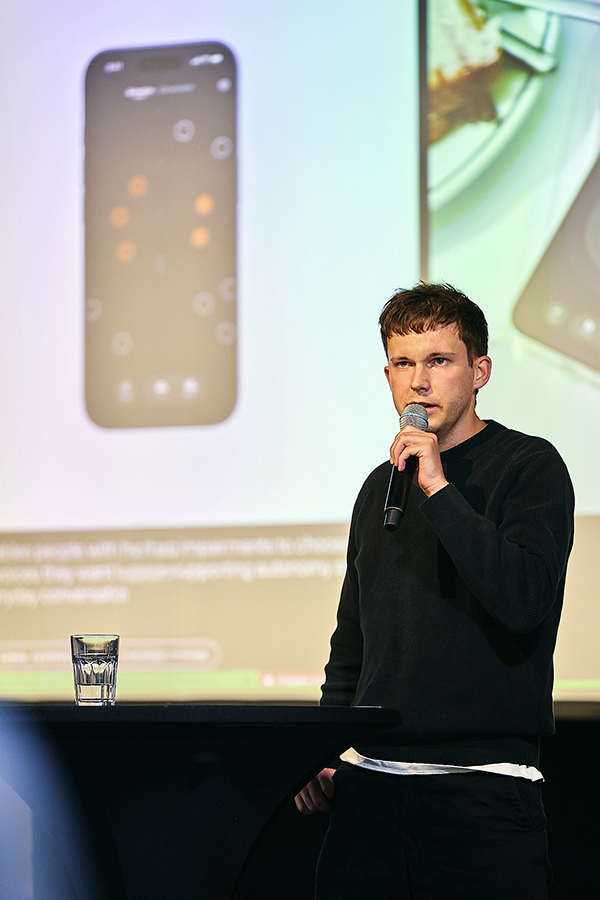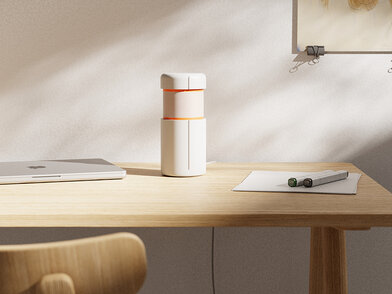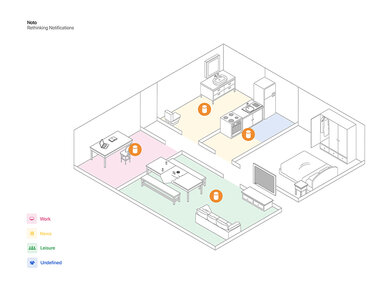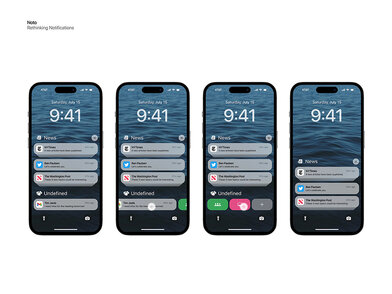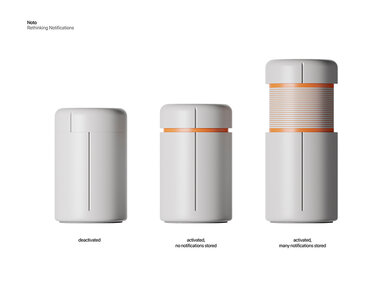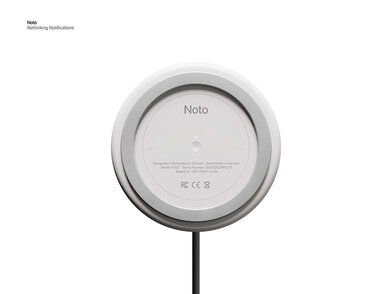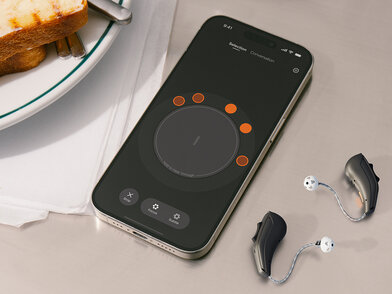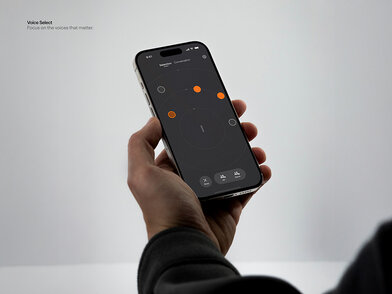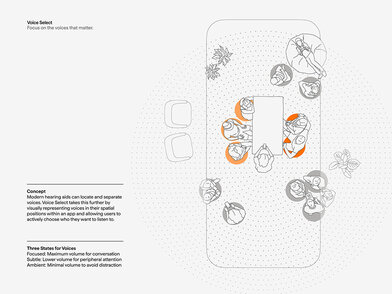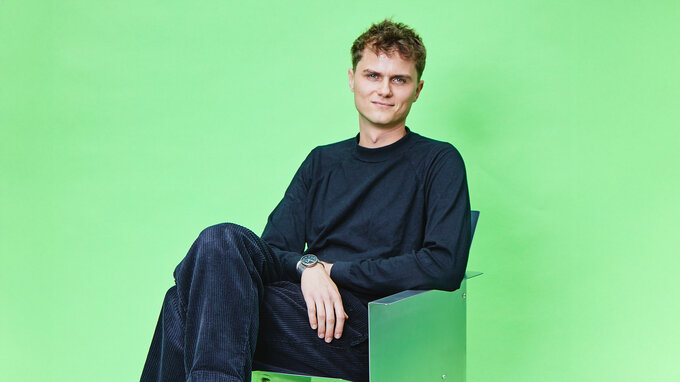Johannes Rothkegel

Invisible design with responsibility – Interview with Johannes Rothkegel
According to Johannes Rothkegel, design should be invisible – and carry a lot of responsibility. With his Calm Technology approach, the graduate of the Schwäbisch Gmünd University of Design develops digital systems that focus on empathy and tranquillity. The Voice Select and Noto projects slow down interactions and allow technologies to act as silent companions. His work has already received numerous accolades, including the ADC Talent Award, the Push UX Conference and the UX Design Awards. At the German Design Awards 2026, Johannes Rothkegel is one of the five Newcomer finalists.
How can technology truly support people instead of overwhelming them?
The crucial question is how present technology should be and which channel is the most appropriate. Should it be visually noticeable, respond with speech, or remain completely in the background? Before technology can respond intelligently to its environment and users, it needs a design that listens: a design that puts itself in different situations and recognises needs. Only when we as designers understand contexts can technology respond in a supportive manner.
What makes good interface design feel natural?
Natural interface design feels familiar. It builds on learned patterns and familiar actions from everyday life. For me, naturalness begins with an interface that does not need to be explained, but is intuitively understandable. It is important to understand that natural interaction is never purely visual or verbal, but also involves gestures, gaze and touch. Ideally, I don't think about the design, but use it to achieve something. Figuratively speaking, I don't focus on the hammer, but on the nail.
How do you design digital experiences that build trust?
Trust arises when people understand the what and why of a technology. Systems are trustworthy when their behaviour is predictable and they communicate how decisions are made in a comprehensible way. This also means being transparent about what data is collected and how it is processed. Users must be confident that relevant decisions always lie with them – and that they are not being manipulated. Trust is also created through consistency and feedback. When a system responds reliably and provides feedback, it conveys reliability. Even a short vibration or a subtle acoustic confirmation can show that a user's action has been understood.
What role does responsibility play when design and AI work more closely together?
Responsibility arises in two areas: in dealing with AI as a tool and in designing AI as part of a product. When AI is used in the design process, designers have a responsibility to understand its logic and work with it consciously. AI is not a neutral tool – the results always reflect the values and perspectives of the training data. AI can inspire, but it must not become a substitute for attitude. When AI itself becomes a design material, responsibility means consciously shaping the relationship between humans and the system. Users must be able to understand that they are not dealing with an objective machine or a thinking individual. Design can help to reveal the advantages, limitations and mechanisms of AI. It is equally important not to implement everything that is technically possible.
What do you wish for from the economy, society, and politics for your work as a designer?
I feel that the demands of my job are becoming increasingly complex, while the time available to do it is becoming increasingly scarce. Everything has to be done immediately, and it's the first result that counts – often at the expense of creative quality. That's why I would like to see more openness in the business world towards processes that are not immediately usable. Designers should not just be there to fix decisions at the end, but should be part of strategic developments from the outset. I would like to see society take a curious, critical and inclusive approach to technology – neither euphoric nor fearful. And I expect politicians to create spaces where design, science and ethics can work together on issues of the future. Especially now, when education and research are being cut back, this would be an important signal.




